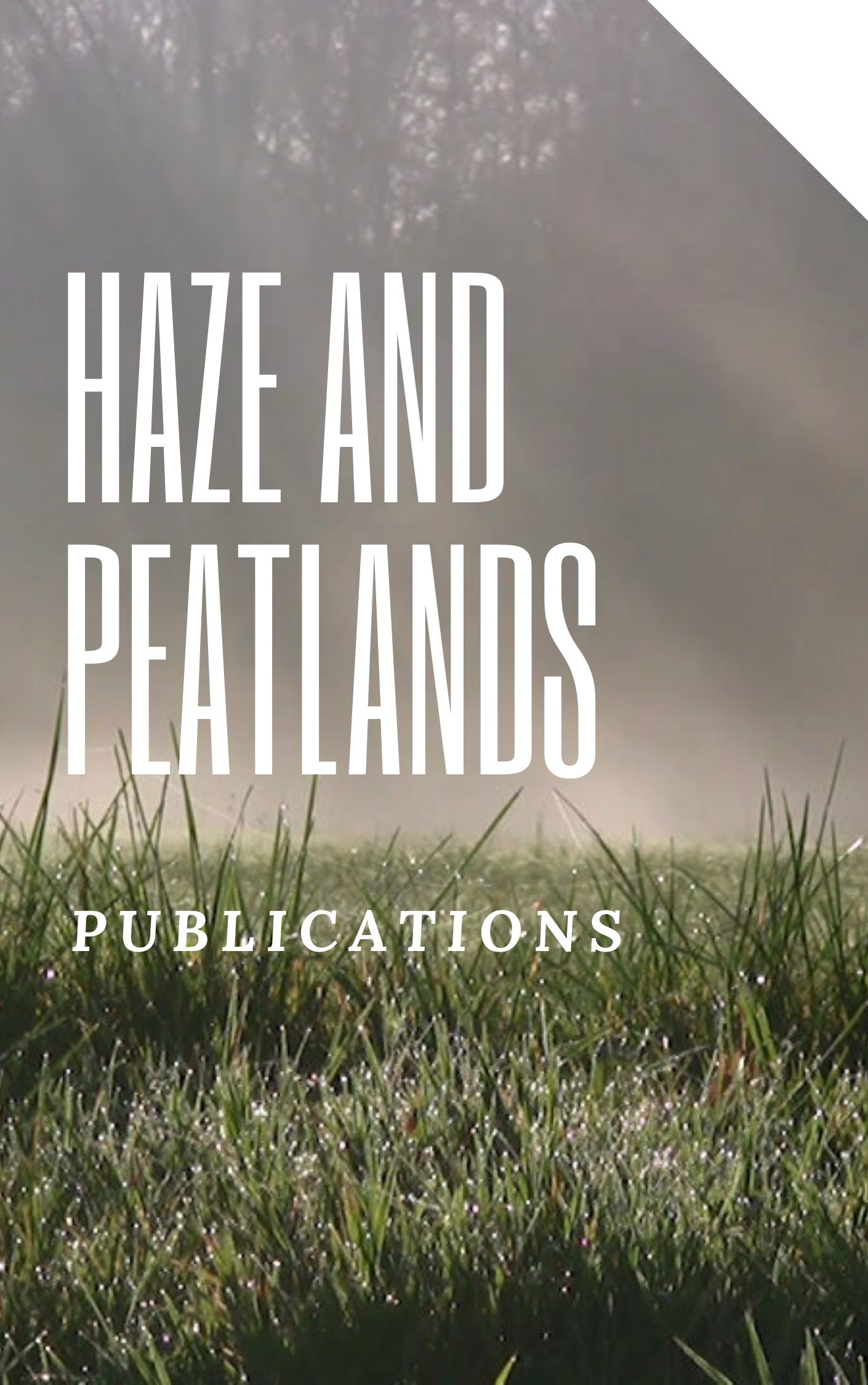
Share this
Deforestation accounts for nearly 20% of anthropogenic greenhouse gas emissions in the world. Deforestation results in carbon emissions when trees and underlying vegetation are burning or decomposing. Deforested areas that are later cultivated also release carbon to the atmosphere when soil carbon is oxidized. Further, deforested areas converted to other land uses (e.g., pastures) might sequester less carbon than forests, enabling greater levels of CO2 in the atmosphere. Providing incentives to prevent deforestation in foreign countries has been proposed in climate change legislation. An objective of this legislation is to provide funding from carbon markets to assist foreign countries in reducing deforestation and increasing forest restoration and afforestation. Challenges to this approach include implementing deforestation reduction activities in developing countries that may lack the capacity to monitor and enforce measures, avoiding harm to indigenous communities who rely on forest resources, and matching policies with the various drivers of deforestation in different regions around the world. Legislative policies on deforestation and climate change are analyzed in this report, and challenges for restoring forests in the tropics are discussed. Deforestation1 is responsible for the largest share of additional carbon dioxide (CO2) released to the atmosphere due to land use changes, approximately 20% of total anthropogenic greenhouse gas (GHG) emissions annually.2 Deforestation results in carbon emissions when trees and underlying vegetation are burning or decomposing. Deforested areas that are later cultivated also release carbon to the atmosphere when soil carbon is oxidized. Further, deforested areas converted to other land uses (e.g., pastures) might sequester less carbon than forests, enabling greater levels of CO2 in the atmosphere. Forests store approximately 45% of terrestrial carbon, and in the 1990s were estimated to remove 2.6 billion tons of carbon (mtCO2) from the atmosphere per year; this sequestered amount is equivalent to approximately 33% of anthropogenic carbon emissions from fossil fuel and land use changes.3 Data on carbon sequestration and emissions are not available for many regions, making global estimates uncertain. Much of the deforestation responsible for CO2 releases occurs in tropical regions, specifically in developing countries such as Brazil, Indonesia, and the Democratic Republic of the Congo. Tropical forests store approximately 25% of the total global terrestrial carbon. Scientists estimate that tropical deforestation and other land use changes may have been responsible for releasing approximately 1.5 billion metric tons of CO2 per year to the atmosphere during the 1990s, and may be contributing similar amounts of carbon to the atmosphere today.4 Some contend that deforestation due to logging might result in small carbon emissions because timber converted into products will not release CO2 immediately. Others disagree, stating that the percentage of wood transformed into wood products is probably small in tropical and temperate regions. Deforestation rates vary across the world, yet are generally higher in tropical regions (see Figure 1). By continent, the highest rate of net forest loss is in South America, which lost approximately 4.3 million hectares (ha) of its forest (0.5%) annually from 2000 to 2005. This is followed by Africa, which lost approximately 4.0 million ha (0.6%) of its forest annually during the same period. North America (including Central America), in contrast, lost approximately 333,000 ha (0.05%) annually from 2000-2005; and in China, there was a reported gain of 4.1 million ha of forest annually (2.2%) during the same period, primarily due to large-scale afforestation efforts.5 © 2010 Nova Science Publishers, Inc. All rights reserved.

